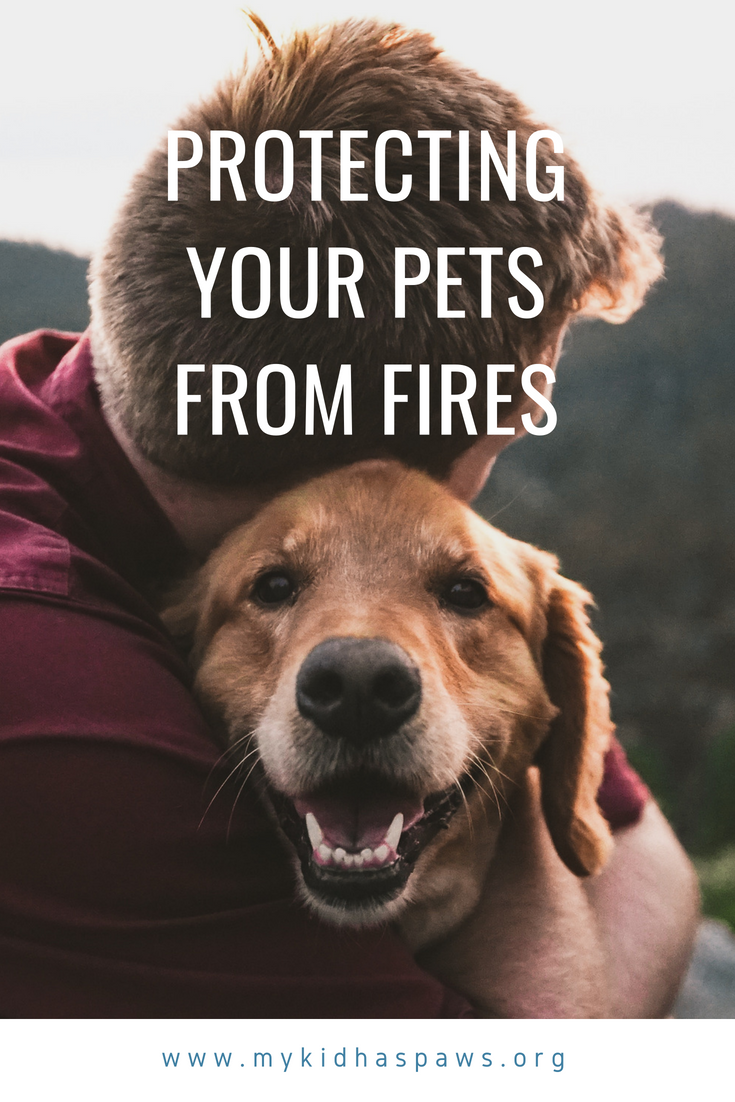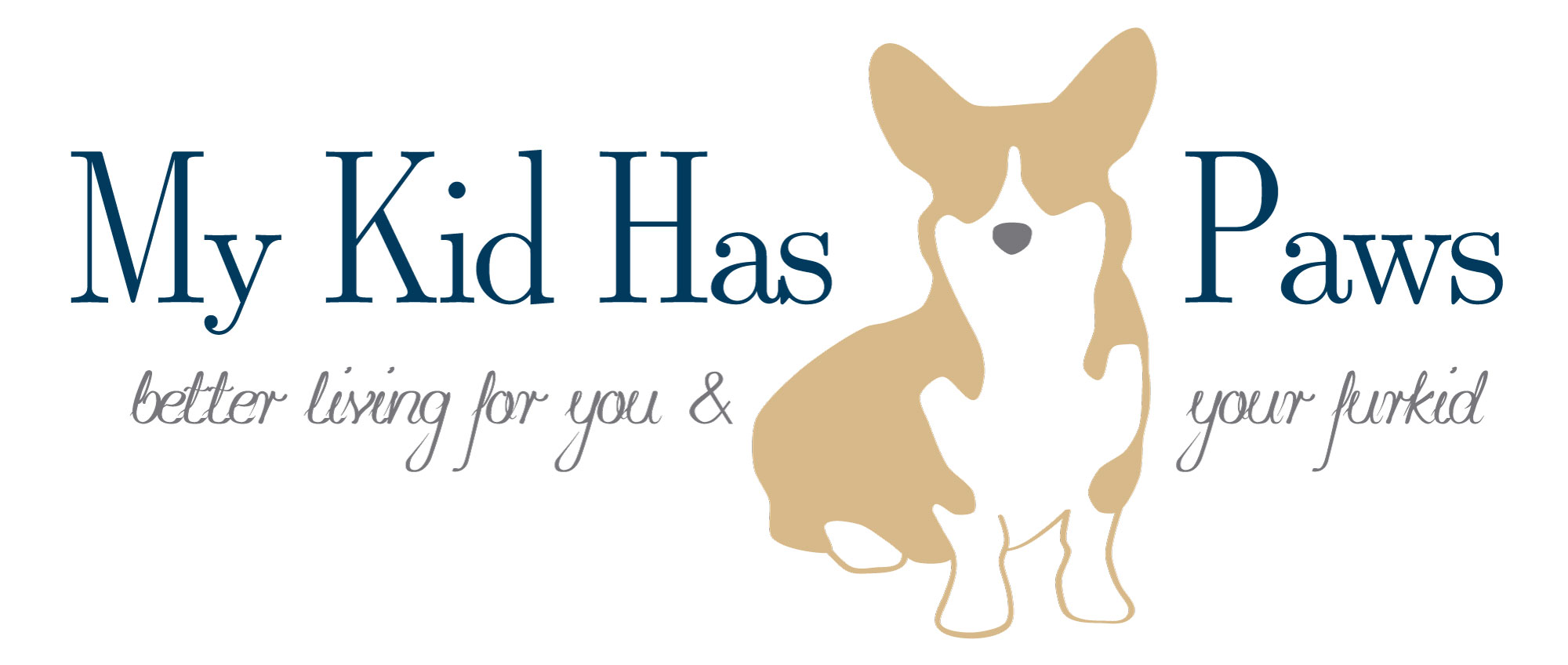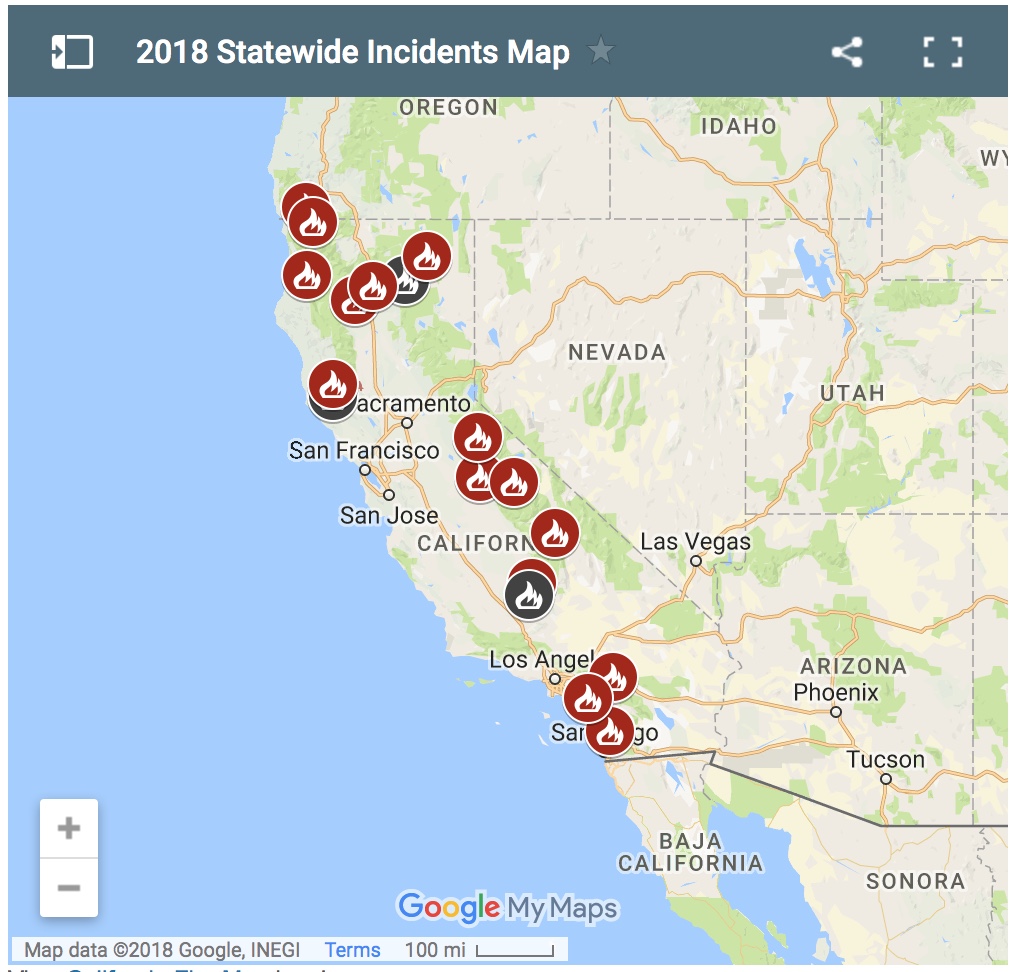It’s no secret that the California wildfire season is off to a horrific start. With some of the largest fires our state has ever seen up North, including the Carr fire and Mendecino Complex fire burning more than 500,000 acres combined, many residents are finding themselves and their families displaced (CalFire).
Additionally, other areas of the state, including the Bay Area, are receiving air quality warnings due to the amount of smoke and pollution in our area. On Friday, I was driving over the bridge on my regular commute and you could even see a layer of smoke, pollution, and smog sitting directly over the ocean. It is so disheartening and sad.
Fires, droughts, and earthquakes have been in the news cycle my entire life. However, when my mom asked recently if she should take the dog’s water bowls inside due to the debris in the air, I wasn’t sure of the answer, but I thought it was a great idea. I figured, many pet parents, especially in California, might be worried about the same thing. So, I thought today we could discuss fire safety.
Fire Prevention
Fires in a home, and wildfires in general start for a variety of reasons. But, according to the AKC and Rover, there are things that you as a pet parent can do to prevent fires in your home:
- Don’t leave open flames burning while you’re out of the house. This includes candles and fireplaces.
- Remove the knobs from your stove, or protect them with covers. Some dogs get curious and try to investigate food or other items left on top of the stove. “According to the National Fire Protection Association, a stove or cook top is the number one piece of equipment involved in your pet starting a fire.” – AKC
- Don’t leave glass water bowls on wooden decks. “The sun’s rays when filtered through the glass and water can actually heat up and ignite the wooden deck beneath it. Choose stainless steel or ceramic bowls instead.” – AKC
- Don’t for about your Smoke Detectors. All smoke detectors in your home should be properly functioning. In our house we took this one step further and we have a smoke detector connected to our alarm system, so that our home alarm will sound if the smoke is detected.
- Secure wires and cords. We make sure to do this in our house. When Rooney was about 2 years old, we had one incident where he chewed a cord that was thankfully unplugged. Ever since then we have taken extreme caution when it comes to cords and Rooney. When he is at home all exposed cords are unplugged.
Fire Preparedness & Evacuation
Its difficult to even consider, but if a fire comes anywhere near your home and evacuations are needed, you will want to be prepared. The Michelson Found Animals Foundation Executive Director, Aimee Gilbreath, shared with us the following infographic and safety tips:
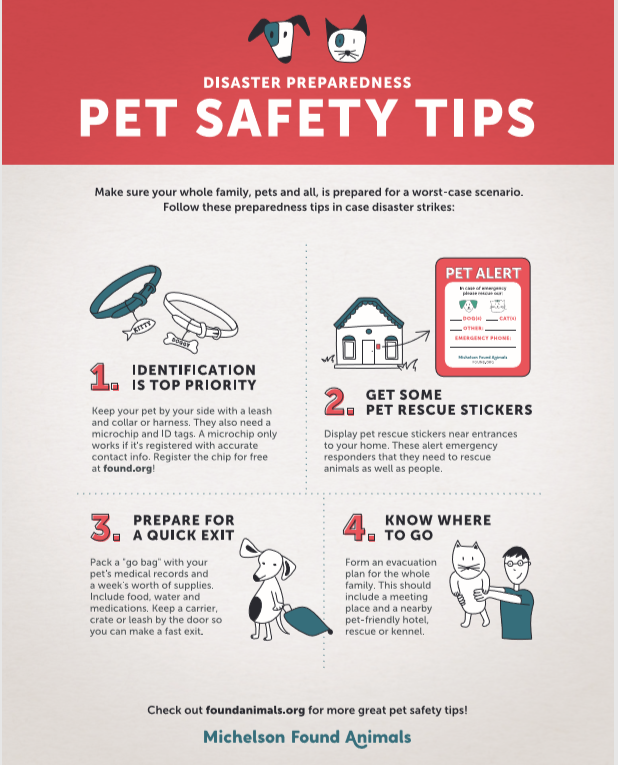
- Identification: Make sure that your pet has an up to date ID Tag and Microchip. Just in case they get separated from you in the chaos.
- Pet Rescue Stickers: These stickers alert first responders to how many animals you have in your home, and their names.
- Emergency Bag: We have a travel bag for Rooney called the Wag-n-Go that is perfect for emergency preparedness. In addition to everything you might need for your pet, I highly recommend adding a few extra leashes and collars to your bag. Inevitably, you will find other pets who have been separated from their parents, so it’s always nice to be able to clip a leash on them to keep them safe.
- Know Where to Go: Knowing where to evacuate is particularly important when you have pets. Not all evacuation centers allow pets, and this becomes increasingly difficult if you have goats, horses, or other pets as well.
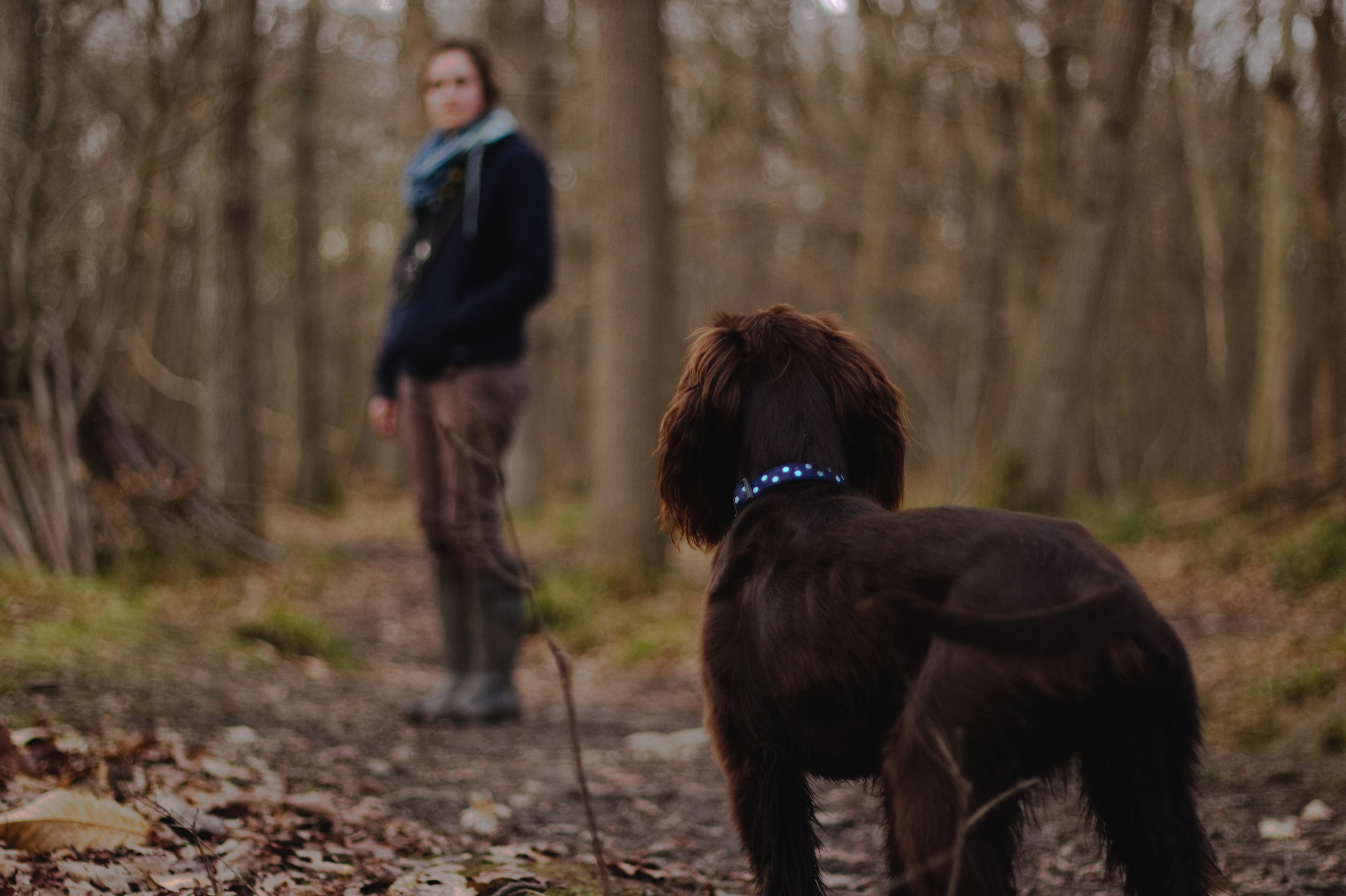
Photo by Matt Aunger on Unsplash
Wildfire Smoke & Air Quality Safety
With all the major fires in the state, the air quality has been pretty bad. According to the AVMA, if you are feeling the effects of the smoke, your pets are feeling it too. There are a variety of clinical signs you can watch for to determine if your pets are experiencing the effects of dust and smoke in their lungs. If your pets are experiencing any of the following signs, the AVMA urges you to seek the care of your veterinarian immediately:
-
Coughing or gagging
-
Difficulty breathing, including open mouth breathing and increased noise when breathing
-
Eye irritation and excessive watering
-
Inflammation of throat or mouth
-
Nasal discharge
-
Asthma-like symptoms
-
Increased breathing rate
-
Fatigue or weakness
-
Disorientation or stumbling
-
Reduced appetite and/or thirst
How to Keep Your Pet Safe from the Poor Air Quality:
The AVMA urges that birds remain inside and are not to be let outside due to their susceptibility to poor air quality. In addition to keeping your birds inside, definitely keep your dogs inside as much as possible, with the windows shut, providing brief bathroom breaks, and no intense outdoor exercise.
Additionally, as mentioned above, my mom made an excellent point the other day and suggested that pet parents should bring their outdoor dog water bowls inside and be sure to wash them as the smoke and other particulate matter begin to settle on the ground. Which I highly recommend as another way to protect your pets from the aftermath of the wildfires.
If you would like to reach out any support the people and pets affected by these fires, I outlined a list of ways people can help fire victims during the Santa Rosa fires last year here. Thankfully, there are may ways to help fire victims and their pets.
